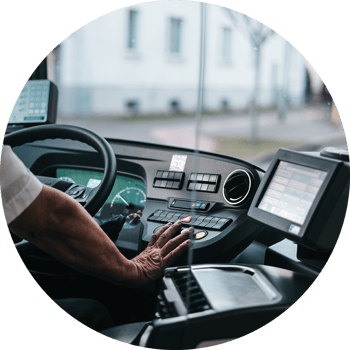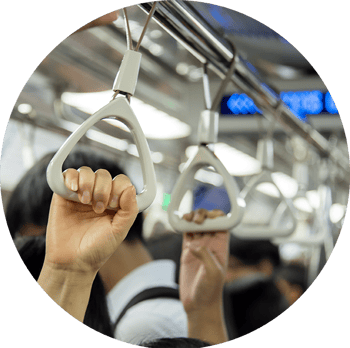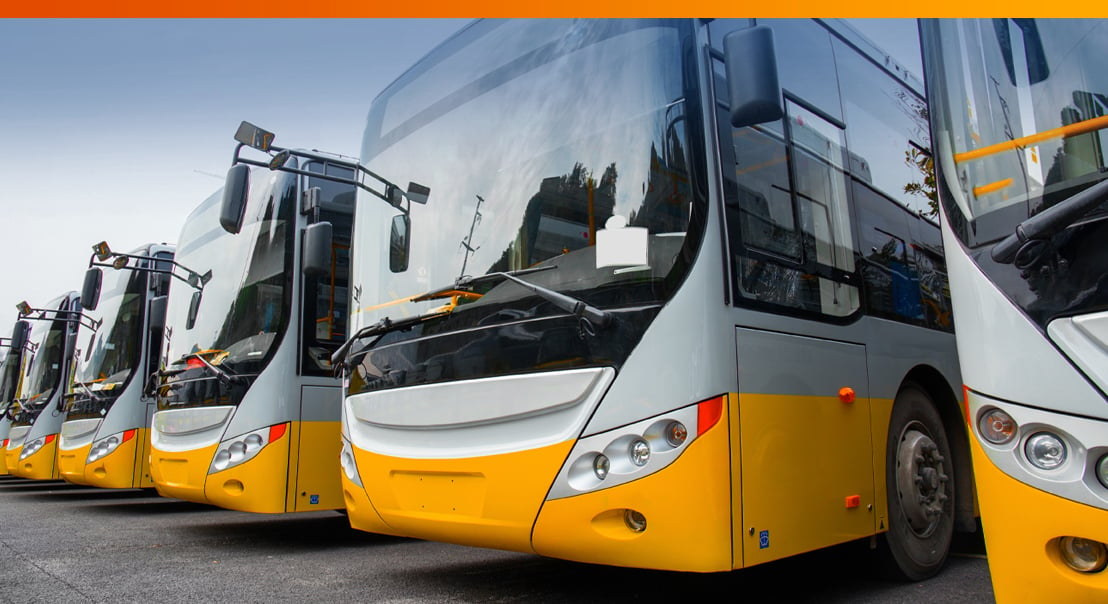Industrial designers working on mass transit interiors were historically held back with some unique design constraints. The brief usually includes making sure the part fits into the available space, keeping it functional but lightweight, and only then start considering the aesthetics.
 As manufacturers produce lower volumes of these parts, injection molding isn’t really an option available to designers. The tools cost more and only become viable in much larger quantities. If the parts are more expensive, customers will have to pay more for each journey. These factors mean that certain sacrifices are always part of the larger design considerations when working with mass transit applications. Once designers realize what capabilities are available from a complex thermoforming process, this is no longer the case.
As manufacturers produce lower volumes of these parts, injection molding isn’t really an option available to designers. The tools cost more and only become viable in much larger quantities. If the parts are more expensive, customers will have to pay more for each journey. These factors mean that certain sacrifices are always part of the larger design considerations when working with mass transit applications. Once designers realize what capabilities are available from a complex thermoforming process, this is no longer the case.
3 Complex Thermoforming Mold Design Tips for Mass Transit Interiors
Airlines were the first to realize that the customer’s experience became a major differentiator when passengers made their booking decisions. The more sophisticated, sleek, and sexier the interior design, the more passengers would travel with that particular carrier.
For industrial designers that need a fresh approach, consider these three tips for improving the mold design of mass transit interiors using complex thermoforming.
 Take Design Cues from the Automotive Industry
Take Design Cues from the Automotive Industry
Mass transit interior manufacturers are striving to provide a similar experience as customers get with personal transport. The closer you as a designer can get to the look and feel of a car’s interior, the better the experience will be for customers.
In the automotive industry, complex and larger parts still come with a high-quality finish and precise fitment of seams between components. The difference is that in the automotive industry, parts are usually produced in high quantities, making injection molding a cost-effective solution.
With complex thermoforming, designers can now produce economically viable parts using custom molded plastics. You are no longer required to make the design sacrifices you face with sheet metal or fiberglass approaches.
 Consider the Differentiation in Experience and Not the Cost of the Tool
Consider the Differentiation in Experience and Not the Cost of the Tool
 When using a plastic forming process, the difference in tooling cost between a low-quality and high-quality finish is only marginal. As more customers make decisions based on experience, there is enough of an upside to justify the slightly higher tooling cost.
When using a plastic forming process, the difference in tooling cost between a low-quality and high-quality finish is only marginal. As more customers make decisions based on experience, there is enough of an upside to justify the slightly higher tooling cost.
When designing your transit interior, you can use custom plastic thermoforming as an alternative to injection molding. A tool that provides a higher quality finish is a better investment over the long run. When you do upgrade the interior of your fleet, you can use these new fits, features, and finishes in advertising to drive more passengers to your company.
 Design Molds for Reduced Weight and High-Quality Finishes
Design Molds for Reduced Weight and High-Quality Finishes
While parts need to be durable and sleek, improving the efficiency of the mass transport vehicle depends on the weight of each component. Designers need to make sure that they stay within the specified weight but still deliver a finish that elevates them above their competitors.
With thermoforming, designers can vary the color and texture of parts by etching the molds for a sleeker finish. To mate parts perfectly, the mold can include sharp edges, while secondary operations allow you to include any mounting features where required.
Redesign Your Mass Transport Interior Parts with Kenson Plastics
Kenson Plastics can assist any mass transport interior manufacturer with a cost-effective thermoforming alternative to injection molding. Precision machining and complex thermoforming processes help designers to shave weight off parts, enhance the interior experience, and subsequently attract more passengers.
If you’d like to discuss what’s possible with complex thermoforming for your mass transit interiors, contact Kenson Plastics today.




 As manufacturers produce lower volumes of these parts, injection molding isn’t really an option available to designers. The tools cost more and only become viable in much larger quantities. If the parts are more expensive, customers will have to pay more for each journey. These factors mean that certain sacrifices are always part of the
As manufacturers produce lower volumes of these parts, injection molding isn’t really an option available to designers. The tools cost more and only become viable in much larger quantities. If the parts are more expensive, customers will have to pay more for each journey. These factors mean that certain sacrifices are always part of the When using a plastic forming process, the difference in tooling cost between a low-quality and high-quality finish is only marginal. As more customers make decisions based on experience, there is enough of an upside to justify the slightly higher tooling cost.
When using a plastic forming process, the difference in tooling cost between a low-quality and high-quality finish is only marginal. As more customers make decisions based on experience, there is enough of an upside to justify the slightly higher tooling cost.